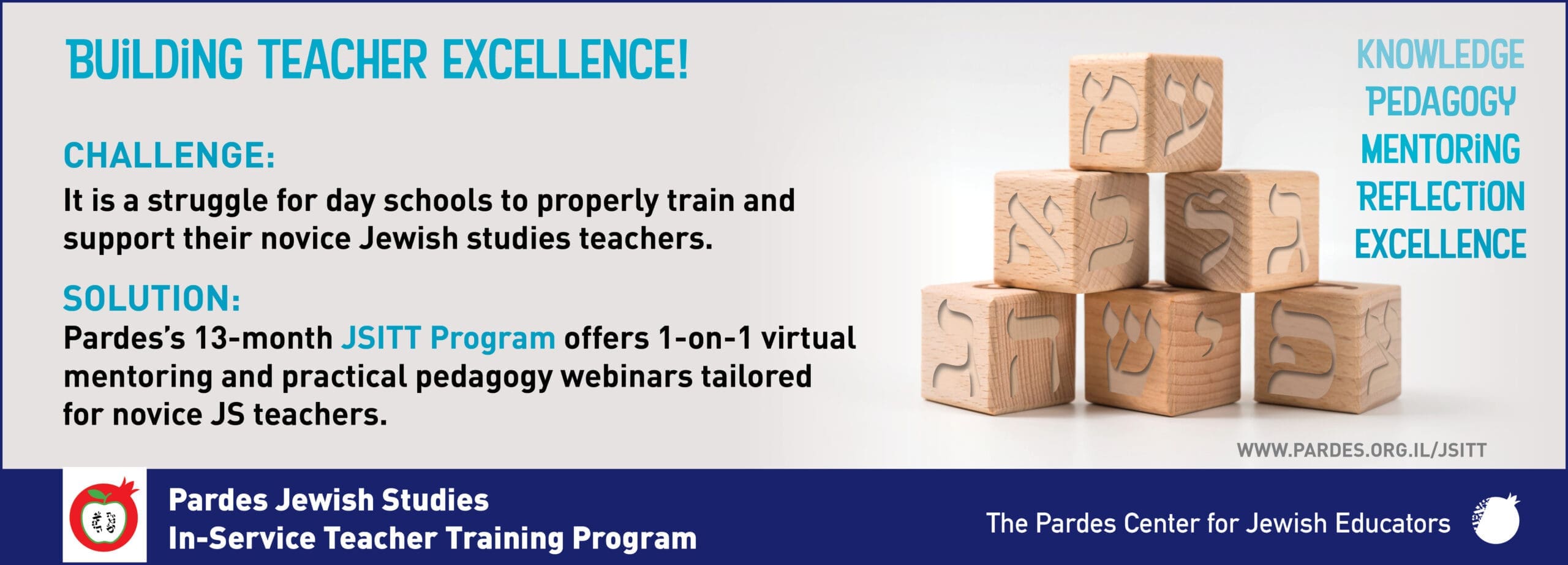The Block Method for Teaching Gemara

Chaim Cowen serves as Deputy Principal and Head of Jewish Studies at Leibler Yavneh College, Melbourne. After studying Rabbinics and Law, his plans were derailed by a calling to education. He believes in positivity, creativity, and orderliness (and HaShem)—and is a tenacious dreamer.
By its very nature, teaching Gemara seems to defy everything we know about education. When we teach math, or language, or anything else, we start with the simple and easy-to-grasp aspects of the study area and gradually increase the level of challenge and difficulty. For example, we begin with addition and slowly move on to subtraction, multiplication, and division. We certainly don’t touch algebra until these are firmly in place. One couldn’t imagine a math class that requires knowledge of Pythagoras’ theorem presented to a class that has not yet mastered multiplication.
Not so Gemara. The first mishna of the first tractate opens with the question, “From when does one commence saying Shema in the morning?” It assumes that you have some awareness that there is an obligation to say Shema twice daily; once in the morning and again at night. It assumes that you are aware that there are various halakhic times which could alternately be defined as morning. When one concludes the mishna and enters the Gemara proper, one finds no shortage of such assumptions. There is no beginning point to the Talmud, every page assumes knowledge of all other pages. It is an interlinked text to the extent that the more one learns, the more one understands what one previously learned—with the corollary that the less one has learned, the less one understands of anything they are learning.
This description of the uniqueness of Gemara is noted by Rabbi Jonathan Sacks, who portrays this phenomenon via a profound analogy. Gemara, he explains, is akin to life. When one is born, no one teaches a baby the mechanics of language and few of us sit down with a toddler to explain the assumptions that underpin the reality that they experience. Instead, they are immersed in an adult world of fully formed ideas. As time goes by, bits and pieces of what they experience link together to form a picture—a gestalt—of what it is all about, and the journey towards mastery takes form.
Why Study Talmud....
There is no question in my mind that Gemara study is an essential component of a Jewish education. The rationale behind much of lived Judaism cannot be gleaned from any other text. Broadly speaking…
While this analogy is beautiful and demonstrates how learning Gemara parallels the way in which we learn life—perhaps that’s the deeper meaning of torat hayyim—it doesn’t help us as educators. Unless, that is, if you have sufficient hours dedicated to Gemara which enable a truly immersive experience and during which enough content can be covered for things to “click into place” for the student. Hence our tricky predicament. On the one hand, we must teach Gemara—it is the crux of Torah Shebe’al Peh, the foundation of Jewish life as we know it. On the other hand, students studying Gemara find themselves in a constant space of frustration, never acquiring competence. While they enjoy some degree of mastery in every secular subject they study, every encounter with Gemara involves hitting an insurmountable obstacle (such as a new concept) that requires knowledge that they simply do not have. And while some outstanding teachers manage to inspire students to barrel through by dint of their personality, that is neither systematic nor replicable on a mass scale.
At Leibler Yavneh College in Melbourne, Australia—where I have taught for the last decade and am privileged to lead the Jewish Studies team—we have designed and implemented an approach that has yielded positive results, both in student attitude and in their achievement. It is not intended as a replacement for more traditional study methods, but as a way to ramp students up to that facility with the text, the same way that arithmetic serves as a foundation for higher math. We identified six distinct challenges in learning Gemara and designed a set of sequential learning strategies, which we call blocks (hence, The Block Method), to address them. Thus, rather than trying to deal with all of them simultaneously, which is often what happens in traditional Gemara study, we deal with them individually to provide students with a sense of clarity, purpose, and a feeling of achievement as they navigate each, as well as a sense of mastery as these steps become increasingly achievable. The following is an outline of those steps and their rationale.
Block 1: Pre-teaching
The first step of engaging with any sugya is to learn the “assumed knowledge” that will be encountered in the text. Take the example of reading a Wikipedia page. As you read, you will notice certain words in blue connoting a hyperlink. Those words are words that contain a meaning that is more than just their literal definition. In fact, they often have their own entire Wikipedia page, which one needs to read if they are to understand the initial page they are attempting to decode. Now imagine that the Wikipedia page you are reading is in Greek. Now you have two types of words, those that just require a translation to understand and those for which a translation will not suffice, rather, you will have to click the hyperlink leading you to a new Wikipedia page in Greek, in order to understand the term. Similarly, some of the language of Gemara requires only simple translation from the Hebrew or Aramaic while others relate to concepts that require “hyperlinks” to decode. Pre-teaching is about providing the background of any concept that features in the Gemara as well as providing the translation for any words for which a simple translation is needed.
An additional aspect of pre-teaching is meeting the characters who will be encountered in the sugya. The Gemara assumes knowledge of who is a Tanna (from the Mishnaic period) and who is an Amora (from the Talmudic era). Even more, the content of the sugya itself is often brought to life when its author is a real person with an interesting story, and even more so when we find echoes of influences of who they were on the opinions they express in the sugya being studied.
Block 2: Flipclass
The next step, perhaps the most challenging, is teaching the content of the sugya—the reading, translating, and explaining of the text. It is where we most frequently lose student interest and attention in frontal teaching, where students need to absorb the complex back-and-forth of the sugya even as they pay attention to small things such as voice modulation and pronunciation. It becomes even more frustrating when some students are able to follow and others are not, forcing the teacher to repeat while boring those students who got it the first time. This is the block in which we “flip” the learning. Teachers prepare a 10-minute video of a frontal presentation of the sugya which the students view at home. Students can watch, pause, replay, and discuss with a family member what they are learning, giving them the ability to absorb the material at their own pace and bring their family into their learning journey. And it’s on a screen, which for some reason is far more interesting than the same thing in real-life. When the students feel like they have mastered the content, they answer a short quiz.
Block 3: Flowchart
The next step is mapping out the sugya, in English, focusing on understanding its logical flow. Students are provided a color-coded flowchart template, customized for each sugya, indicating to students the relationship between the various questions, answers, and statements that make up the sugya, with the color of the borders of the boxes indicating the historical (and hence, authoritative) layers. With the background they received in the pre-teaching and their general understanding of the sugya from the Flipclass, students fill in the template and create their flowcharts. Students are grouped according to the understanding demonstrated in the Flipclass quiz, and those whose understanding is limited (or who did not do the homework) work more closely with the teacher. It is an active lesson, where students are in groups focusing on understanding the give-and-take of the sugya without having to worry about the literal meaning of each and every word.
Block 4: The Text
Once the flowchart has been filled out and reviewed, students are now ready to engage with the text itself. What may previously have been formidable and foreign is now something that they feel is familiar. Many of its terms and its personalities were discussed in the pre-teaching. It has been read, translated, and explained in the Flipclass, and its logical flow has been deconstructed in the Flowchart. What remains is the task of relating all of that to the actual Gemara page. In hevrutot students sit with the text of the Gemara, referencing their work from previous blocks, and pull together the pieces of the previous three blocks as they match them with the text. This important step brings them closer to eventually being able to independently read, translate, and explain the sugya.
Block 5: Analysis
As students learn, two types of questions tend to emerge: those that relate to the basic comprehension of the sugya and others that stem from its comprehension and seek to analyze aspects of its various components. While comprehension questions are best answered on the spot, analysis needs to wait until Block 5. The rationale for this is that often analysis is misguided when it stems from incomplete comprehension, which is the task of Blocks 1-4, as well as the fact that analysis questions will often side-track the lesson, throwing off students for whom comprehension has not yet been achieved. In honoring worthy analysis, when a good question is asked that warrants further investigation, the teacher instructs the whole class to write the question down in the section of their booklet reserved for Analysis. Once its turn arrives, the teacher can thus prepare relevant commentaries focused on the problems that actually bother the students.
Block 6: Assessment
While formative assessments occur throughout, and especially in the stages of the Flipclass and Text, both of which help the teacher tailor the learning and reinforce comprehension where it is weak, at the close of every sugya is a summative assessment. The final stage, normally preceded by a revision (review) lesson, presents an opportunity for students to consolidate their learning and for the teacher to measure their success, both in terms of knowledge retained and skills developed.
Our goal is for students to graduate from the Block Method into the classical style of Gemara learning. The Block Method provides them with an important base from which they can overcome their fear of the traditional printed daf (printed page) of Gemara. They amass a bank of concepts, words, and personalities. They have the opportunity to break down sugyot into their composite parts, learning to recognize questions, answers, and statements, and their Tannaitic or Amoriac origin. They learn to correctly read, translate, and explain the Gemara. And they delve into the mefarshim (commentaries), learning to appreciate the role of those commentaries in the context of their own questions.
Does it work? The method provides order and structure to what can appear to be a disorderly and unstructured text, easing the students into the study of Gemara and reducing the frustration of dealing with multiple challenges simultaneously. Like any curriculum or program of study, however, it falls on the teacher to breathe life into the method if students are to truly engage. A teacher needs to make the method their own; adapting each block, changing their order, mixing up their method of presentation, and selecting commentaries and ideas that relate to the forms of questions that truly matter to their students. And it must be differentiated so it speaks to the spectrum of students in the classroom (indeed, we have built a differentiation guide tailored to the curriculum).
Where to next? One of the aspects of this curriculum that could readily be enhanced is its potential for inter-school collaboration regardless of geography. The division of sugyot and blocks creates a common point of reference by which two schools can align their teaching. Collaborative hevrutot over Zoom, while challenging to implement across time zones, provide students with a sense that Gemara is a common language that connects them to their brothers and sisters all over the globe. Collaboration could occur at the analysis stage, where questions of students across different schools on a given sugya can be studied and responses shared. It both rewards a good question, granting it (and its questioner) international fame and creates a global bet midrash, bringing communities into discussion. Schools can also develop their own sugyot based on the selections they choose, and then share them using the standard templates created, creating an extended bank of sugyot.
If this speaks to you, or you have ideas you would like to share, don’t hesitate to reach out. In the mutual interest of ensuring our students are afforded the highest possible standard of Torah education, we can work together and build on our mutual strengths.



Chaim Cowen serves as Deputy Principal and Head of Jewish Studies at Leibler Yavneh College, Melbourne. After studying Rabbinics and Law, his plans were derailed by a calling to education. He believes in positivity, creativity, and orderliness (and HaShem)—and is a tenacious dreamer.
Reach 10,000 Jewish educational professionals. Advertise in the upcoming issue of Jewish Educational Leadership.
Do you want to write for Jewish Educational Leadership? See the Call for Papers for the upcoming issue.


FROM THE EDITOR: Fall 2023
Fascinating. Infuriating. Uplifting. Complex. Boring. Inconsistent. Logical. Brilliant. Eclectic. Irrelevant. Compelling. Frustrating. Inspiring. Ancient. Contemporary. The Talmud evokes all the above, and more. I vividly remember my first encounter with Gemara. I must have been ten years old, and my family was in a bungalow colony in the Catskills. Rabbi Cohen taught Gemara to the older boys, of which I was not, but I asked permission to sit in and listen. I loved following the discussions and debates, even though I couldn’t read any of it and retained none of the content.


The Puzzling Talmud
A sixteen-year-old American Jewish day school student named Brandon (a self-chosen pseudonym) reports that he likes studying Talmud. What does he like about it? “I like the process,” he says. “It is kinda like a puzzle, that you have to get each word, and fill it in so it creates the whole text.” Brandon approaches his study of Talmud knowing that it’s going to be hard. Every word might take some effort to decode. Eventually, however, he can put it all together.
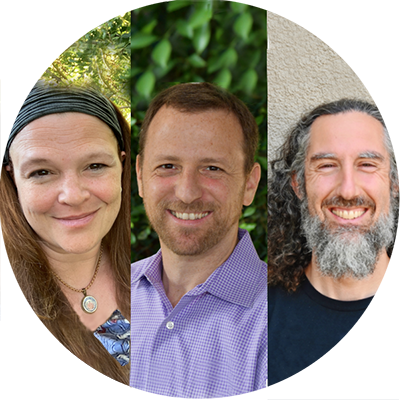

A Multidimensional Approach to Teaching Rabbinics
Pressman Academy is an early childhood through 8th grade school in Los Angeles serving a religiously diverse group of students. The school’s Judaics program, which includes Hebrew language, Jewish history, Tanakh, and daily prayer, affords a maximum of two weekly periods to teaching Rabbinics (in grades 5-8), presenting a significant challenge of what to include and how to approach it.


The Sanhedrin is in Session: Experiencing Rabbinic Literature
On Tuesday morning Rabban Gamliel called the gathered people to order. A letter had arrived from a northern district court in the Galilee which required the attention of the Sanhedrin. Rabban Gamliel took his seat at the head of the semi-circle of esteemed Rabbinic colleagues. R. Yehoshua sat on one side of him and R. Eliezer sat on the other.
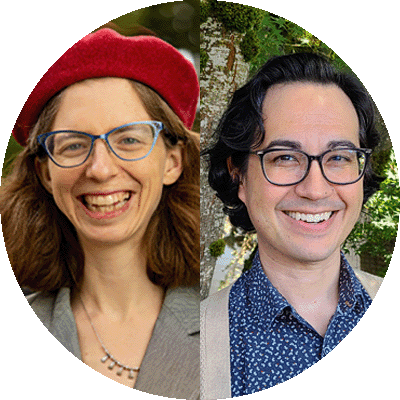

Replacing Relevance with Relationship
A relationship to Talmud study is highly valuable to those who possess it. Few other activities manage to combine elements of intellectual inquiry, spiritual questing, and moral development in the almost alchemical way that the study of Talmud does. And yet, there are a number of hurdles students must overcome in order to develop an independent relationship with the Talmud. First and foremost, studying Talmud in the original Hebrew and Aramaic can feel scary to the uninitiated. Second, the logic of the Talmud is foreign to students at first. Finally, students may wonder what a text from 1500 years ago might have to say to them.
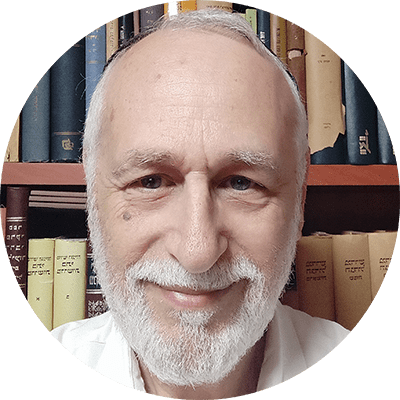

Teaching Talmud in Secondary Schools: Masorah and Modernity
Teaching of Talmud in traditional secondary schools has been a conundrum from the day it was decided to teach Talmud as part of the standard Jewish studies curriculum. Programs for yeshiva high school graduates in Israel and around the world are consistently populated by an overwhelming percentage of students who, even after six years of multiple weekly hours of Talmud instruction in secondary schools, are helpless in the independent study of Talmud. These students are successful independent learners of advanced mathematics, natural sciences, complex technology, and even humanities, but in Talmud, they require an embarrassing degree of spoon-feeding.
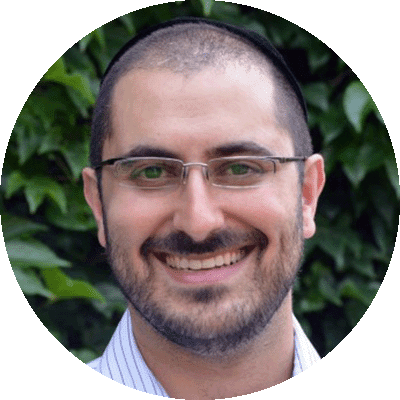

Pre-Mishnah: The Missing Link
I teach 5th grade Judaics at Fuchs Mizrachi School, a Modern Orthodox Zionist school (Cleveland). Upon entering the world of Torah SheBe’al Peh, a student is first greeted by the Mishnah—a complex and sophisticatedly interwoven compendium of Jewish law and wisdom. Students struggle to understand its relevance, how and why it was created, and its importance to the scope of their Torah learning. They ask, “Why are we learning Oral Torah?” and “Why should I care?” but underlying those questions is the more fundamental, “What is the Oral Torah?” While some choose to address this piecemeal over the span of many years, I believe that it is important to address it up front, in an organized manner.


Anatomy of a Gemara Lesson
You have been there, too, right? You thoroughly prepared a Gemara lesson by formalizing how you will explain the shakla vetarya, you concocted attention-grabbing examples and cases, charts to organize the conflicting opinions, and provided a translation and question practice worksheet. You slowly read the Gemara aloud while students annotated the text or completed linear translation sheets. You patiently and clearly explained the concepts and reasoning on a first, second, and even third pass of the reading.
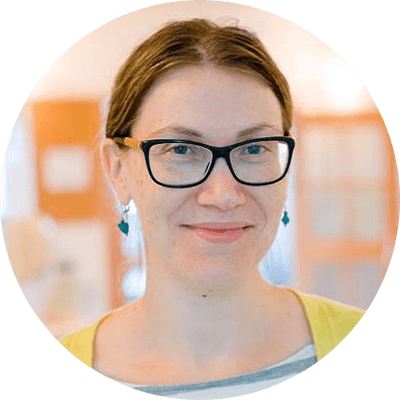

Making the Case for Agada
The rabbis of the Talmud were intentional and thoughtful educators; an example of their consummate pedagogic skill is the way they interspersed narratives into their halakhic writings and teachings. Their use of agadot is an effective teaching tool because, simply put, people love stories. We evolved to tell stories, to become compelled by stories, to connect to the characters, drama, and tension in stories. Stories draw in our students and they have the power to make them care.


Tokhehah Leshem Shamayim
One day, in a 7th grade lesson during our unit on tokhehah (the mitzvah of rebuke), a student shouted out from across the classroom: “This is tokhehah leshem shamayim!” In this moment, with one eloquent and original phrase, this 7thgrader had connected the learning in our current unit of tokhehah with the concept of leshem shamayim (for the sake of heaven) from our previous unit of mahloket (disagreement). This delighted us because it showed that the concepts of mahloket we had been teaching were not just retained for the duration of our unit, or for a test, but were concepts students internalized, held on to, and could apply to new settings and used in unique ways.
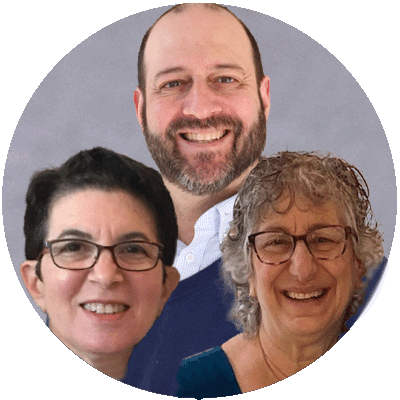

Extending the Reach of Rabbinics
Morah M.’s 5th-grade class is curating a museum exhibit showcasing artifacts that represent family legacy and tradition. The items are described on a placard that explains: These candlesticks were my Bubby’s and now my mother and I use them for Shabbat. When I chose them, I thought of the story about R. Yehuda HaNasi that we learned (Ketubot 103a). Before he died, he told his family that they should continue to set the table the same way, keeping the lamp in its usual place. We’re sort of doing the same thing when we use Bubby’s candlesticks.


Talmud Education for Diverse Learners: Taking the “Long but Short” Road
Teaching Talmud to weaker students can present many challenges not typically found in traditional Gemara classes. Navigating a text in a foreign language, especially one with the unique structure and rules of the Talmud, can be daunting for those grappling with language-based difficulties. Educators must realistically decide which teaching method—skill-based or discussion-based—will best set diverse learners up for success, and how demanding a Talmud course should be for students not likely to pursue this type of Torah learning in the future.


Teaching Talmud Guided by Essential Questions
Standing at the edge of the sea can be an awe-filled experience—the incomprehensibly vast expanse of water with no end in sight is both inspiring and intimidating. We would not consider entering it, whether to swim, sail, surf, cruise, or dive without proper preparation. Similarly, the Sea of Talmud is rich with information, personalities, debates, and much more. It, too, can inspire and intimidate with its vastness and complexity, and we should not expect our students to be able to jump in and navigate it without context and a roadmap. To prepare our students as they embark on their journey into the Oral Torah, we need to define our goals and our strategies for achieving them.
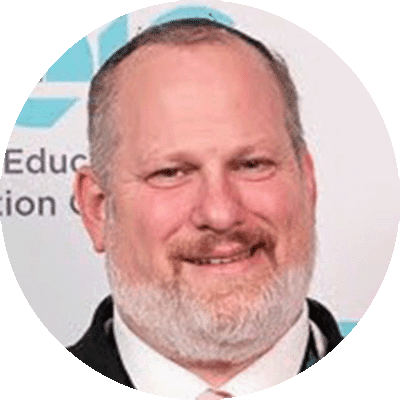

An Alternative Approach for Teaching Talmud
In my first year of teaching, I taught a student whom we will call Yossi. From the time he started 1st grade reading groups, Yossi was placed in the lowest track. This pattern persisted through my 11th grade Gemara class. A few weeks into the first semester of 11th grade, Yossi approached me after class to ask me a burning question which he was embarrassed to ask in front of his peers. He asked, “Who is Rabbi Baraita?” I said, “What do you mean?” He responded, “My past teachers kept explaining ‘the Baraita says…’ Who is Rabbi Baraita and why is he referred to as the Baraita?”


“Wait, What?!” Teaching Jewish Law in a Reform Jewish School
As a teacher at Rodeph Sholom School (RSS), I have for some time considered what it means to teach Torah SheBe’al Peh in a Reform Jewish independent school. What I offer here is a taste of how my colleagues and I have strived to shape our 7th grade Rabbinics unit so that it is aligned with our school’s mission and meets the needs of our specific community of learners. And while every school is unique, I am hopeful that the insights I’ve gained from teaching one unit on the development of Jewish law are instructive for any Jewish day school grappling with teaching Torah SheBe’al Peh.


A Learner-Centered Approach to Teaching Gemara
Traditional methods of teaching Gemara, such as hevruta learning followed by an interactive shiur, have stood the test of time. When teaching beginner students, however, this approach is less common, given their lack of prior knowledge or skills. As a result, many teachers prefer a frontal approach, perhaps projecting the daf on the SMART board and presenting the text phrase-by-phrase while students take notes between the lines of the traditional Vilna text. If hevruta time is used, it is often for the students to review material rather than for them to try to decipher the text. In this article, we are going to propose a method for using a modified version of the traditional approach which can be used for learners starting out on their Gemara learning careers.
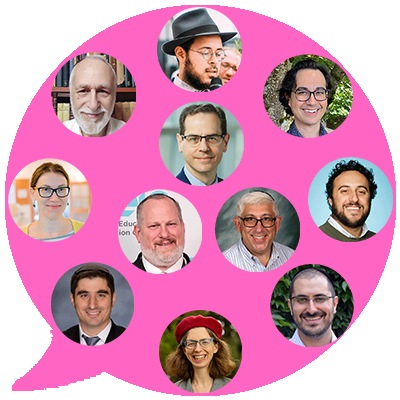

Why Learn Talmud?
Some of the articles in this issue describe the joy of studying Talmud, others break down the complex processes to make it more accessible to students or to enable the students to engage with it meaningfully. And just to make sure that we covered the bases of both the how and the why of Talmud study, we asked our authors to weigh in separately on the question: “Why do you think that day school students should be learning Gemara/Rabbinics?” We invite you to join that discussion.
Fall 2023 Journal Credits
JEWISHEDUCATIONALEADERSHIP
Jewish Educational Leadership is a publication of The Lookstein Center for Jewish Education of Bar Ilan University.
Chana German, Executive Director
JOURNAL STAFF
Hyim Brandes | Editor
Zvi Grumet | Editor-in-Chief
Chevi Rubin | Editor
Shani Sicherman | Copyeditor
Please send correspondence regarding journal content to zvi@lookstein.org.
The Lookstein Center publications present a variety of viewpoints. The views expressed or implied in this publication are not necessarily those of the Center.
EDITORIAL OFFICES AND ADVERTISING
The Lookstein Center for Jewish Education
Bar-Ilan University
Ramat Gan 5290002 Israel
Tel: +972-3-531-8199
US: +1-646-568-9737
www.lookstein.org
© 2023 by The Lookstein Center for Jewish Education.
All rights reserved.


